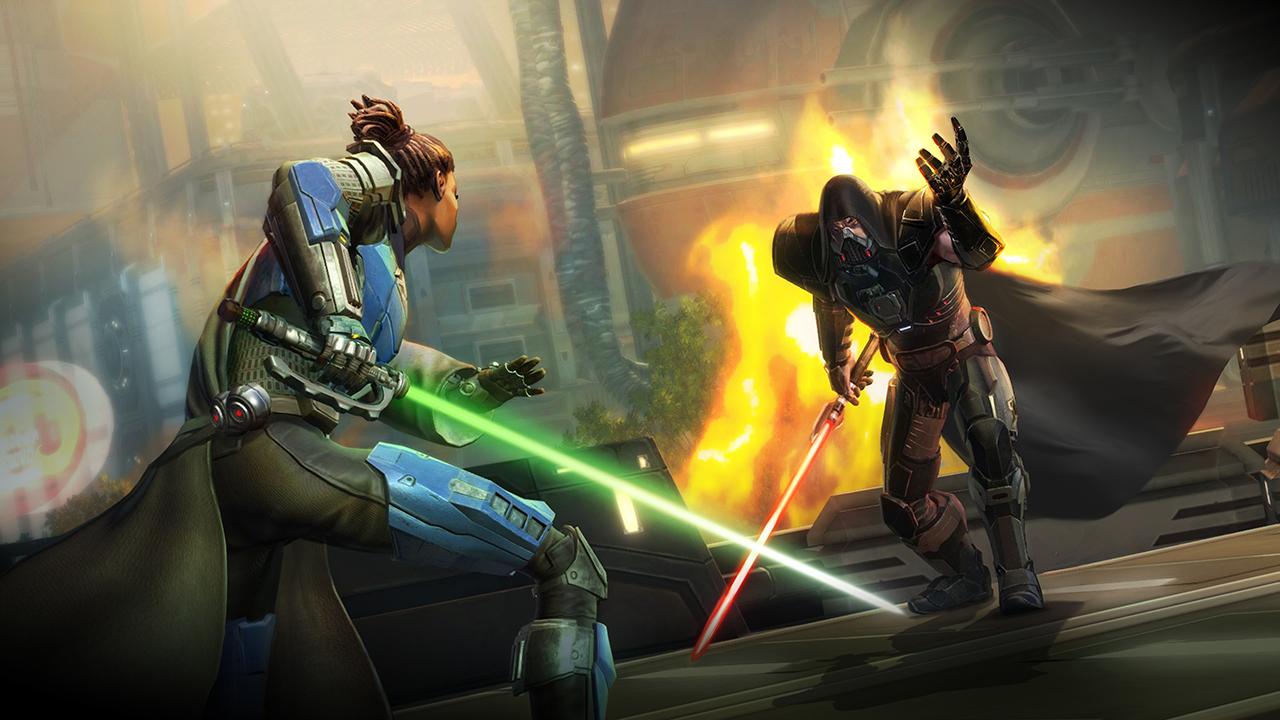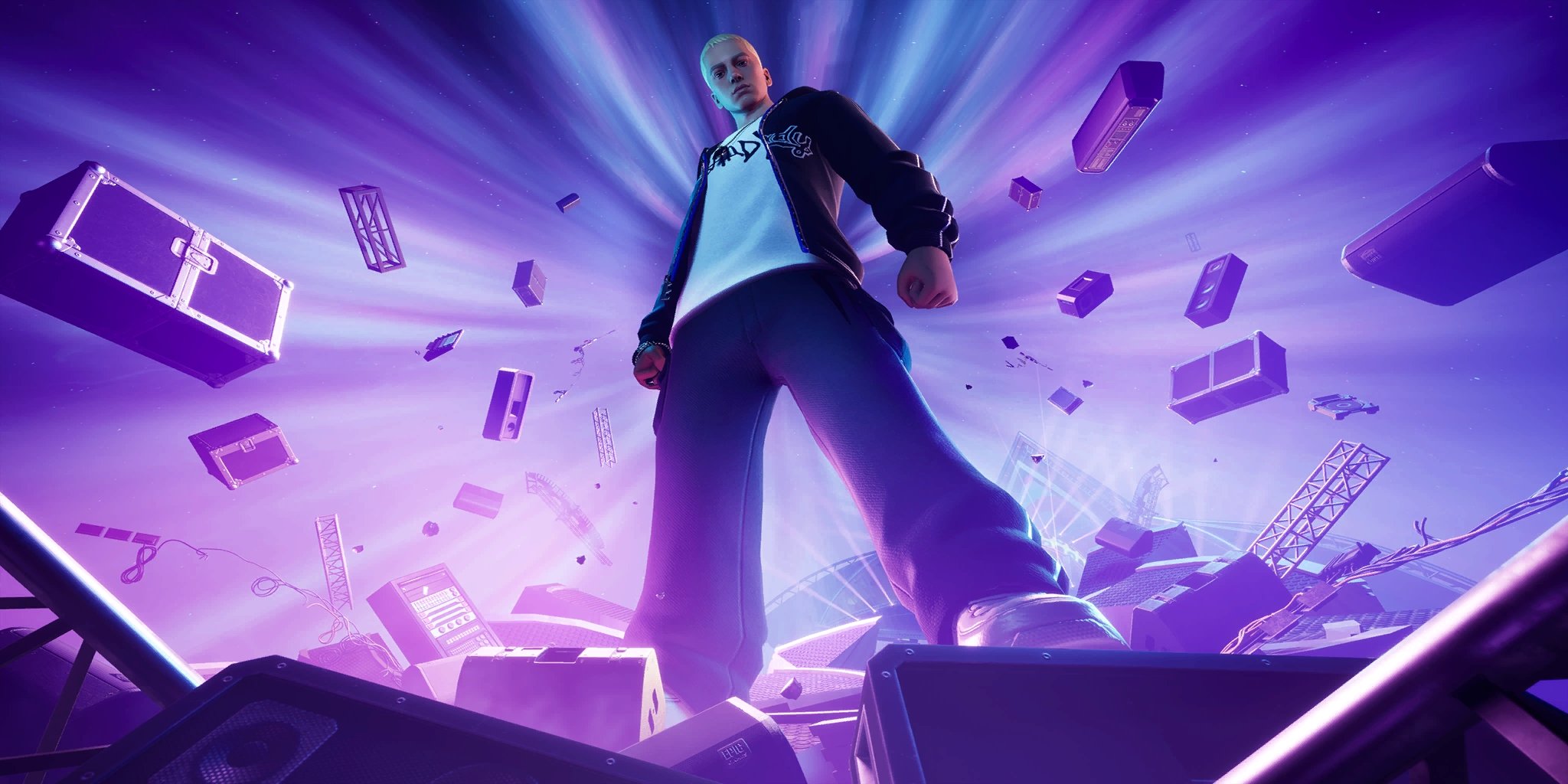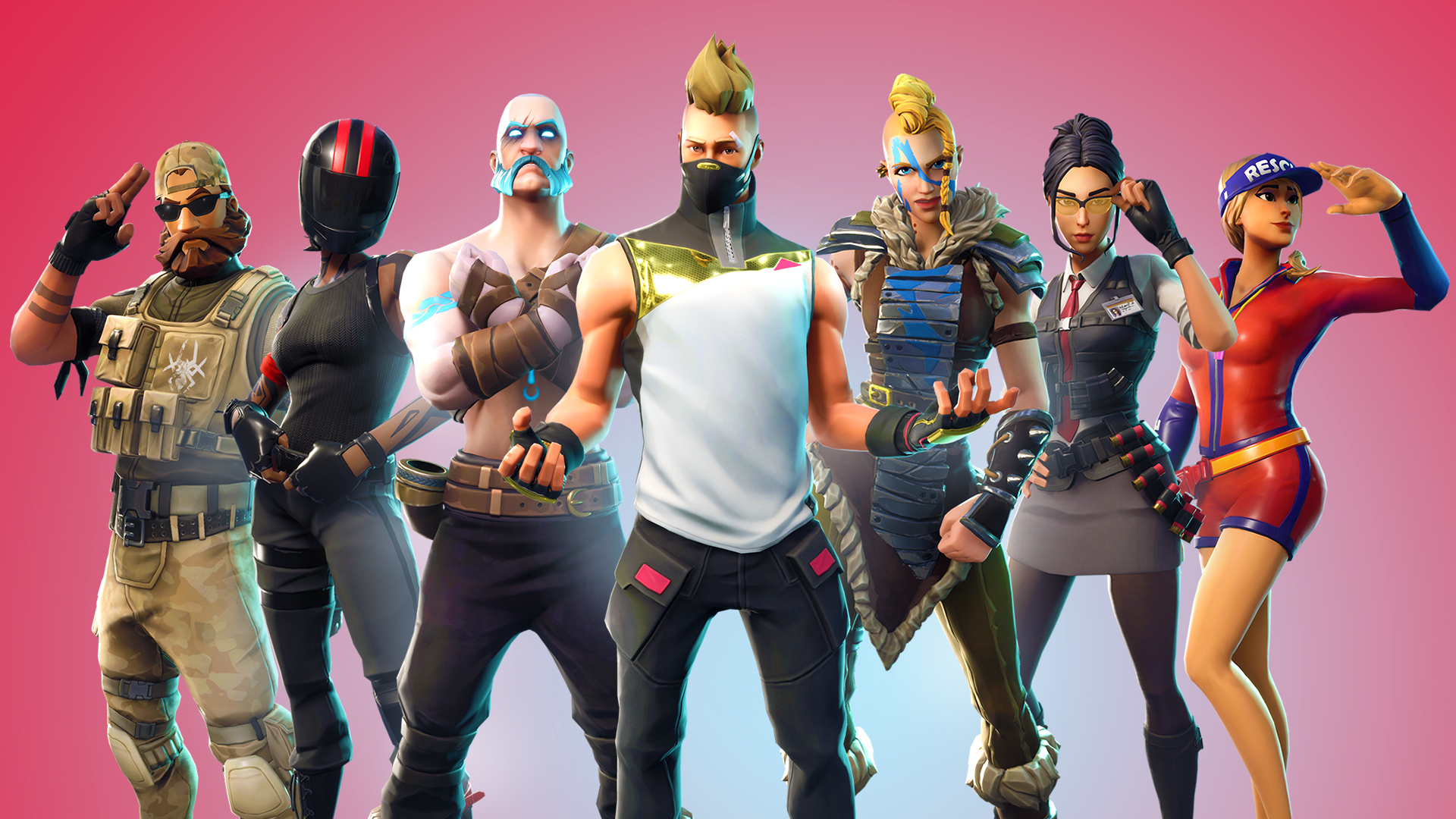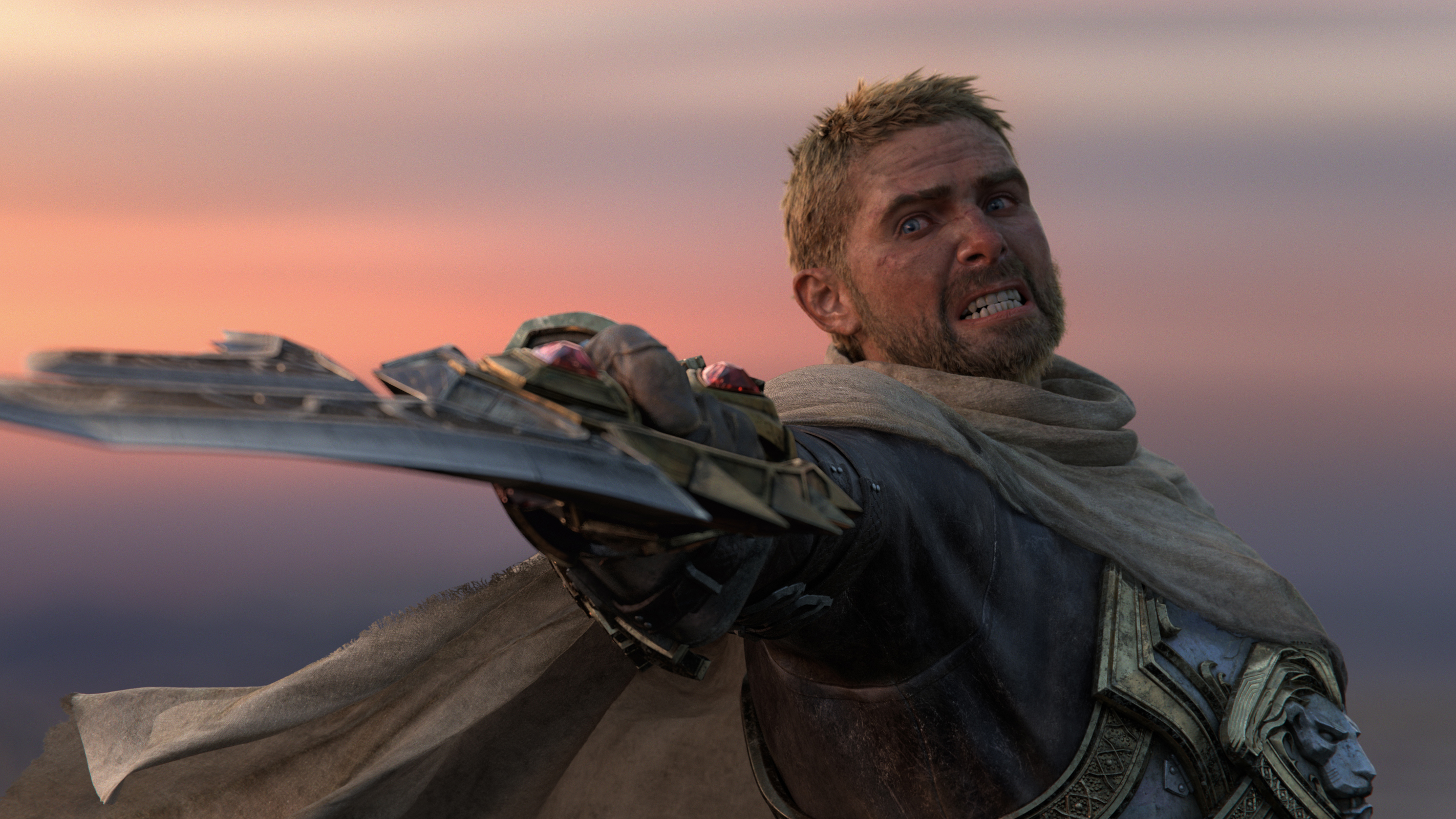
It'd be wrong to say that the MMO is dead. A lot of the enduring classics are still around—if a little diminished—and there are some promising MMO games on the horizon like Palia and Pax Dei. I also liked the look of Wayfinder, but that's not exactly been doing well.
Still, it's nothing compared to the surge in MMOs we had in the early 2010s. Final Fantasy 14: A Realm Reborn, Neverwinter, Guild Wars 2, The Secret World, DC Universe Online, Rift, Star Wars: The Old Republic, TERA, WildStar, The Elder Scrolls Online, ArcheAge… all of these games and more came out in 2010-2015.
While I'm not sure the term "WoW killer" is really accurate—GW2 was a sequel to an MMO with an already-established fanbase—the term was thrown around a whole lot, and for a good reason. It was easy to see this onslaught as an attempt to topple the then-titan with a thousand cuts.
Well, it turns out that the next WoW Killer was WoW itself. And now it's being replaced by… WoW. It's just WoW again. While I doubt it'll ever return to the absurd numbers of its heyday, Dragonflight has managed to claw back some community goodwill, clunky storytelling aside.
While Blizzard hasn't revealed any official subscription numbers, as YouTube channel Bellular Warcraft notes, the first-week clear numbers on endgame raids—often a decent dousing rod for the game's overall health—have been very positive.
3,022 guilds cleared Vault of the Incarnates in this first week, 5,322 cleared Aberrus, and 8,618 cleared Amirdrassil. Granted, these raids have been a lot easier—but as Michael Bell notes: "[Amirdrassil's] week two clear rate is in fact higher than some other raids across their entire tier." As for its harder difficulties, the guild master of Liquid's raiding team calls it "the best raid they’ve made in a long time". Season of Discovery's been popular, too—Bell points out its peak Twitch viewership has been higher than Wrath of the Lich King and Burning Crusade Classic.
In terms of that 2010-2015s golden age, though? It's long past. Our online editor Fraser Brown's list of the Best MMOs of 2023 has some solid recommendations, sure, but aside from Lost Ark every single one of his suggestions came out in that 5-year period. I thought Black Desert bucked that trend for a second, but it was actually released in 2014, only coming to America and Northern Europe in 2016. Still counts. The question is: why?
Before Live Service

Gather 'round the fire, rest your weary legs, for I shall tell ye a tale of an age before this one. Before the Emperor of Live Service claimed the Kingdom. When the silly skins first darkened our land's door, we all laughed. No one will ever pay for this, we said. Now Peter Griffin can hit the griddy. We're still laughing at that, it's just tinged with sadness now.
Before battle passes—before loot crates, even—MMORPGs were moving away from a monthly subscription model and into the realm of charging you big bucks for XP boosts, funny hats, and sometimes just raw power.
It was seen almost as a natural part of an MMORPG's life cycle, like how a star will inevitably become a red giant as it ages. A lot of the games I mentioned went freemium—some even survived because of that choice, like Star Wars: The Old Republic. Others, like WildStar, did not. Still. The ones that chugged along managed to make money, and for a small amount of effort, too. Turns out, cosmetic microtransactions make bank.

Even MMOs that kept the subscription model added cash shops and paid cosmetics to grease the wheels, and it paid big dividends. It still does. In 2021, Activision Blizzard (now a part of Microsoft) announced it had made $5.1 billion via in-game purchases. Granted, this includes monthly subscriptions and revenue from other games, too, but that's still an obscene amount of cash.
So, why not try to hop on that train? Because it's a bad idea, that's why. MMORPGs are uniquely expensive to make and maintain. Most games have huge budgets, sure, but the sprawling server infrastructure, scope, and operating costs of the MMO makes new ones prohibitive.
Plus, players expect a faster cadence of updates. If you play an MMO, you expect it to be, well… massive and multiplayer. Fail to deliver on those two points, and your players will drop like flies. If you have no players, you start losing money. Still, there was potential to make bank on something similar—enter the live service game.
The live service love affair

'Live service' describes more of a business model than a genre, and that's its strength: a live service game can be anything.
It can be a Breath of the Wild-like RPG with cute anime people, it can be a first-person looter shooter, it can be a battle royale or an asymmetric horror game. The live service model's strength lies in its flexibility. The model lets a studio make the game it can afford instead of an MMO (which most studios can't bankroll).
If you look at it a certain way, a battle pass is a literal, actual loot treadmill.
Initially these games relied on loot boxes and crates—some still do, like Counter-Strike 2 and the Genshin Impact gacha. The random element quickly became unpalatable, though, especially since it can genuinely get you in legal trouble. There have been lawsuits, and companies don't like lawsuits. They cost money, you see.
Instead we now have the Battle Pass. A genius innovation that not only encourages you to pay a few bucks, but also gets you to play the game more. Nowadays, live service games are distinctly MMO-like in how they keep you glued to them. If you look at it a certain way, a battle pass is a literal, actual loot treadmill. It's even visualised as a path or a road, quietly encouraging you to plug in those hours so you can get your $8's worth.

This is great for the people who want to make money from games. It's even sometimes fine for the people who play them, too. I take a pretty dim view of the live service model, but people do enjoy playing Fortnite and Genshin Impact. Some of these games do have actual merit beyond the monetisation schemes, and the money printing machines keep them running.
In the same vein, I feel that the industry's affair with live service games mostly killed the MMORPG. Not only by drawing people away from the genre as a whole—filling the MMO-shaped hole in their lives—but also by negatively impacting free-to-play games chasing similar successes.
The egregiousness of certain live service models has made studios comfortable with more devious monetisation schemes, and desensitised players to those same rackets. Granted, there've been positive examples—both WoW and FF14 have a battle pass style system with the Trading Post and PvP rewards respectively, though neither costs a cent.
Studios will still try to make MMOs occasionally, of course, but we're nowhere near that 2010s flood, and why would we be? Live service is king. Live service is immortal. Live service is encountering the exact same problems MMORPGs did—wait, hold on a second.
Look upon my battle pass and despair

The live service model, from a cruel and detached business perspective, is better than a free-to-play MMO structure in pretty much every way. Sure, you won't be World of Warcraft, but you don't need to be World of Warcraft to turn a profit. But you might need to be Destiny 2 or Fortnite, and that's a whole other problem.
How many live service attempts have crashed and burned right out of the gate? PC Gamer's Morgan Park did a pretty good explanation of the live service phenomenon earlier in the year, so I'm just gonna go ahead and quote him rather than rehash the same point in different words.
"The modestly successful sometimes game might be making a comeback in 2023. Several new multiplayer games of late are notably not free: Deceive Inc, the social deception FPS inspired by Hitman and Spy Party, is a $20 buy-in. It has a small cosmetic store and planned seasonal content, but the meat of the game (agents and ability unlocks) is earned just for playing. Boundary is a remarkably well-made astronaut FPS in early access for $25. Chivalry 2 recently made it onto Steam and continues to rule."

We can see this shift happening from a player standpoint, too. Suicide Squad: Kill the Justice Leauge's preview, filled with all the usual live service frills, prompted a dim reception from fans (and our senior editor Robin Valentine, who called the combination of superheroes and live service "a dreadful combination"). Now it's getting an offline mode post-launch, likely to avoid shutting its doors entirely if the ol' player retention strategy fails.
So, maybe the love affair with live service games is at its end. Or maybe it's just settled into the same life cycle of the MMO—both live service games and MMORPGs are built to be the game people play. Each time a new wave of live service games hits, there's a smaller pool of players left willing to jump ship.
You might catch some stray players in your net, but there just aren't enough fish in the sea.
At a certain point, pulling gamers away from Fortnite, Destiny 2, Genshin Impact or Dead by Daylight is going to go as well as trying to pull players away from World of Warcraft. You might catch some stray players in your net, but there just aren't enough fish in the sea.
Regardless, until the industry shakes off the live service model for good, it'll have no reason to try making a massive, stonking MMORPG again. Everything you could financially squeeze out of an MMO can be achieved with the live service model, even if it's been made less appealing by player saturation and general battle-pass fatigue.

I am being pessimistic about the reasons why people make games, but when we're talking budgets in the millions, money really is the driving force behind it all. Money can't buy happiness, sure, but it can certainly pay for servers and fund salaries. It can support a game after launch, and an MMO needs a lot of support to keep running.
Which sucks, because I really like MMORPGs. I'm playing two right now. I like having a big, open world to explore. I like interacting with other players. I like seeing a world grow and evolve while I'm inhabiting it. I wrote a whole dang article about how important sharing FF14's story with my friends was to me.
It's incredibly frustrating that one of my favourite genres just… isn't really financially viable anymore. It's annoying that the reason we don't get new, big MMOs with the same frequency is just 'they don't make money'. I'm stuck in the past, sure, as are a lot of MMO players. You only have to look at the success of WoW Classic to see that. But still—I mourn for the MMORPG's future.







